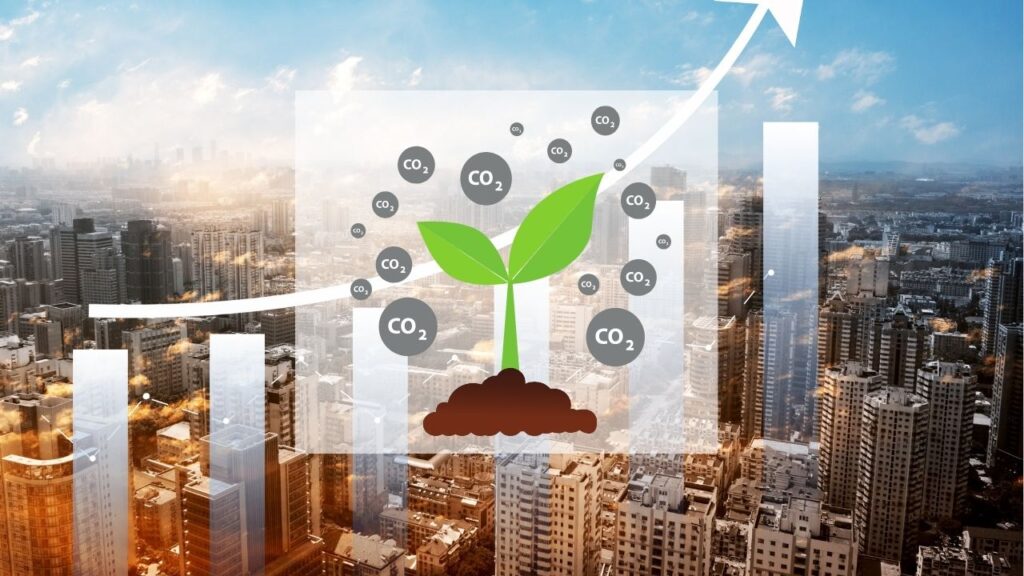In the fight against climate change, one concept has been gaining significant traction worldwide: carbon credits. As nations and industries seek ways to reduce their carbon footprint, carbon credits have emerged as a powerful tool for promoting sustainability and incentivizing carbon emissions reductions. In this article, we delve into the world of carbon credits, exploring what they are, how they work, and their potential to shape a greener future for our planet.
Understanding Carbon Credits
Carbon credits are a key component of emissions trading schemes designed to limit and reduce greenhouse gas emissions. The premise is simple: organizations that emit carbon dioxide (CO2) or other greenhouse gases must offset their emissions by purchasing carbon credits, which represent a reduction or removal of an equivalent amount of CO2 elsewhere.
These credits are typically generated by projects that reduce emissions or remove carbon from the atmosphere, such as renewable energy projects, afforestation initiatives, or methane capture from landfills.
How Carbon Credits Work
The process begins with the establishment of a regulatory framework or voluntary program that sets emissions reduction targets and allows for the trading of carbon credits.
Companies or countries that exceed their emissions allowances can purchase carbon credits from those that have surplus credits due to their emissions reductions efforts. This creates a financial incentive for businesses to invest in cleaner technologies and practices, ultimately driving down overall emissions.
Global Impact and Trends
Carbon credits have gained momentum on the global stage as countries strive to meet their commitments under the Paris Agreement and other climate accords.
The voluntary carbon market, which allows companies and individuals to purchase credits outside of regulatory requirements, has also experienced significant growth. In addition to mitigating climate change, carbon credits have the potential to promote sustainable development by channeling funds into renewable energy, conservation, and community-based projects in developing countries.
Challenges and Opportunities
While carbon credits offer a promising mechanism for emissions reduction, they are not without challenges. Criticisms include concerns about the integrity of carbon offset projects, the need for greater transparency and accountability, and the potential for market manipulation.
Addressing these challenges will be crucial to ensuring the effectiveness and credibility of carbon credit schemes. However, with advancements in technology, blockchain-enabled transparency, and increased collaboration between governments, businesses, and civil society, there are ample opportunities to overcome these hurdles and unlock the full potential of carbon credits in the fight against climate change.
As the world grapples with the urgent need to transition to a low-carbon economy, carbon credits have emerged as a valuable tool for driving emissions reductions and financing sustainable development initiatives.
By creating financial incentives for emissions reductions and fostering international cooperation, carbon credits offer a pathway towards a greener, more sustainable future for our planet. However, their success will depend on robust governance, transparency, and a commitment from all stakeholders to prioritize climate action.
With concerted efforts and bold initiatives, carbon credits can play a pivotal role in shaping a more resilient and prosperous world for generations to come.


